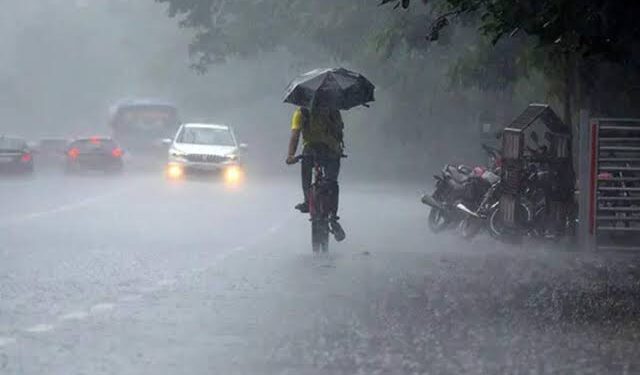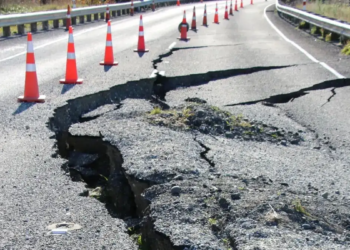A cyclonic circulation over South Odisha, North Coastal Andhra Pradesh, and the West-Central and Northwest Bay of Bengal is set to trigger heavy rainfall across Odisha. Located 5.8 km above sea level, this system extends southeastward.
The remnants of Typhoon Wipha are expected to form another cyclonic circulation over the North Bay of Bengal within the next 24 hours, evolving into a low-pressure area by July 24. This system may further intensify into a depression, leading to heavy to very heavy rainfall across the state starting Wednesday night, with warnings issued until July 28.
The low-pressure system is likely to cause winds of 35-45 kmph along the coasts of Odisha, West Bengal, and Bangladesh on July 24 and 25, accompanied by squally weather. Fishermen have been advised to avoid venturing into the sea along these coasts for the next two days. Over the past 24 hours, Odisha recorded 61% deficient rainfall, with Malkangiri receiving the highest at 9.9 cm. Heavy rainfall was also reported in Nuapada, Koraput, Nabarangpur, Kandhamal, Kalahandi, and Ganjam districts, though the state has seen reduced rainfall over the past week.
On Wednesday, Koraput, Malkangiri, Nabarangpur, and Nuapada are under a yellow warning for heavy to very heavy rainfall. A yellow warning for rain with thunderstorms has also been issued for Sundargarh, Jharsuguda, Bargarh, Sambalpur, Deogarh, Angul, Dhenkanal, Keonjhar, Mayurbhanj, Sonepur, Boudh, Balangir, Kalahandi, Rayagada, Kandhamal, Ganjam, and Gajapati. From Thursday, rainfall is expected to spread across North and Interior Odisha, with an orange warning issued by the Regional Meteorological Centre.
Since June 1, Odisha has recorded 509.6 mm of rainfall, 14% above the normal 448.9 mm. However, districts like Sundargarh, Mayurbhanj, Keonjhar, Deogarh, Sambalpur, Jharsuguda, Bargarh, Sonepur, Boudh, Koraput, Jagatsinghpur, and Kendrapara have seen below-normal rainfall, while Nuapada, Balangir, Gajapati, Puri, and Ganjam have experienced deficient rainfall. Other districts have recorded normal rainfall levels.





























